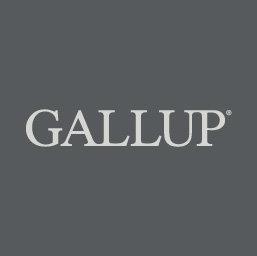Story Highlights
- Americans plan to spend $906 on gifts, the most since 2007
- Middle- and lower-income households fueling the rise
- Record-low percentage plan to spend less than last year
WASHINGTON, D.C. -- Gallup's initial measure of consumers' 2017 Christmas shopping plans suggests retailers could see the best holiday sales in years. The chief indicator is a sharp increase in the amount Americans say they plan to spend on Christmas gifts -- now $906, up from $785 in October 2016. That represents one of the biggest year-over-year increases in Gallup's trend, pushing the spending projection to its highest level in a decade.

More specifically, 34% of Americans plan to spend at least $1,000 on Christmas gifts this year, 23% say they will spend between $500 and $999, 28% expect to spend between $100 and $499, and 3% will spend less than $100. Six percent of U.S. adults report that they won't spend anything on Christmas gifts, which includes those who say they don't celebrate the holiday.
Record-Low Report Curtailing Spending
In addition to Americans' strong projection for their outlay on gifts, consumers are exhibiting an unusual willingness to admit that their overall spending will be on par with or higher than a year ago.
When asked to say how their expected spending compares with last year, a record-low 16% say they will spend less and 17% say they will spend more. As is typical, the largest share, now 65%, say their spending will be about the same. However, this is the first year since 2000 that roughly equal percentages plan to spend more vs. less. More often, a much higher proportion of consumers have said they plan to spend less rather than more.

Consumers' relative enthusiasm for holiday shopping this year is most evident among middle- and lower-income adults, but it will be important to see if this holds up in subsequent Gallup measures as the season progresses.
Although partisanship affects lots of attitudes these days, there is no difference between Republicans and Democrats in the year-over-year change in spending intentions. Republicans typically report spending more on gifts than Democrats do, and that continues, but both groups' estimate is up by about $100 over last year.

